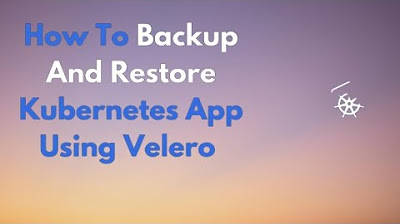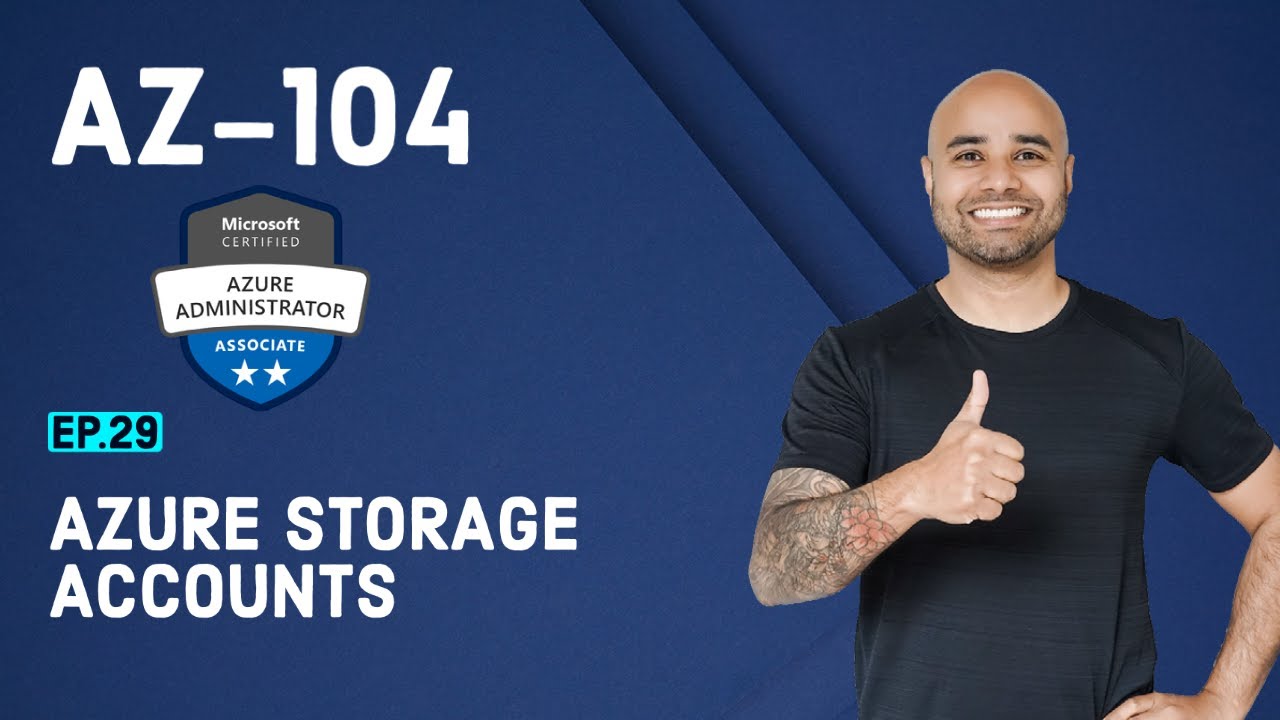How do NetApp Snapshots work? | NetApp on NetApp Know Hows
Summary
TLDRIn this video, Dave Tanigawa, a senior storage engineer at NetApp IT, discusses ONTAP Snapshot technology, a key tool for data protection and recovery. He explains how snapshots allow IT administrators to efficiently create point-in-time copies of data with no performance impact, making it possible to restore files, LUNs, or entire volumes rapidly. Tanigawa covers topics like Snapshot Reserve, recovery objectives, and the mechanics of snapshots, using practical examples and demonstrating management and recovery techniques through the System Manager and command line interface. The session highlights ONTAP’s ability to handle frequent data changes and ensure fast recovery times.
Takeaways
- 😀 ONTAP Snapshot technology allows IT administrators to create space-efficient, point-in-time copies of data in under a second with no performance impact.
- 😀 Snapshots in ONTAP are metadata pointers to data blocks, not full copies, which significantly reduces storage requirements and eliminates seek time.
- 😀 Snapshots can be taken at the volume, aggregate, or LUN level, providing flexible recovery options for different levels of granularity.
- 😀 The key factors for data recovery are Recovery Point Objective (RPO), which defines acceptable data loss, and Recovery Time Objective (RTO), which defines acceptable downtime during recovery.
- 😀 ONTAP Snapshot technology helps organizations meet tight RPO and RTO requirements by enabling rapid restores and frequent snapshot captures.
- 😀 The Snapshot Reserve setting ensures that space is allocated for snapshots on a volume, with the option to adjust for volumes with high data change rates.
- 😀 Snapshot policies in ONTAP define schedules for taking snapshots and specify how many snapshots to retain for each schedule, along with any SnapMirror replication labels.
- 😀 Snapshots can be manually or automatically deleted, freeing up space for snapshots that no longer point to unique data blocks.
- 😀 A full volume recovery can be easily performed through ONTAP's System Manager, restoring all data from the most recent snapshot.
- 😀 Granular file recovery is possible through both the GUI and CLI, allowing users to recover specific files from snapshots without restoring the entire volume.
- 😀 ONTAP allows for point-in-time recovery, rolling back data to a previous snapshot and discarding changes made after that snapshot, ensuring a clean restore to an earlier state.
Q & A
What is ONTAP Snapshot technology?
-ONTAP Snapshot technology is a method of creating space-efficient, point-in-time copies of data. It allows administrators to create snapshots without consuming additional storage space initially, as they reference metadata pointing to the actual data blocks instead of copying them.
How does ONTAP Snapshot technology improve data recovery performance?
-ONTAP Snapshots improve data recovery performance by enabling fast restores. Unlike traditional backup methods, which can take a long time to restore data, ONTAP Snapshots allow administrators to recover data in seconds, providing exceptional Recovery Time Objectives (RTO).
What are the key benefits of using ONTAP Snapshot technology?
-The key benefits include space efficiency (initially consuming no extra space), rapid recovery (enabling quick restores), and granular restoration options (allowing recovery at the file, LUN, or volume level).
What is the difference between Recovery Point Objective (RPO) and Recovery Time Objective (RTO)?
-RPO refers to the maximum amount of data that can be lost without causing significant harm to the business. RTO refers to the maximum amount of time that data can be unavailable without causing substantial damage, including the time spent recovering the data.
How does ONTAP handle data changes when a snapshot is taken?
-When a snapshot is taken, ONTAP does not overwrite data blocks but instead writes new data to new blocks. The snapshot references the old blocks, and the active file system points to the new ones. This helps in maintaining data integrity and optimizing space usage.
What is the role of Snapshot Reserve in managing snapshots?
-Snapshot Reserve ensures that there is enough space in a volume to accommodate snapshots. If the rate of data change is high, administrators can increase the Snapshot Reserve to ensure sufficient space for snapshots. The reserve cannot be used by active file data but only by snapshots.
How does the snapshot policy work in NetApp System Manager?
-In NetApp System Manager, administrators can configure snapshot policies that specify the schedule, retention period, and SnapMirror labels for snapshots. These policies help automate snapshot creation and management, ensuring that the system has the necessary backups available.
What is the purpose of SnapMirror labels in snapshot policies?
-SnapMirror labels allow snapshots to be included in SnapMirror transfers, which are used for replication purposes. This ensures that only the relevant snapshots are transferred to remote locations for disaster recovery and backup purposes.
What happens when you delete a snapshot in ONTAP?
-When a snapshot is deleted, any data blocks that were uniquely referenced by that snapshot are freed. If the snapshot only references data still active in the file system, no space is reclaimed. However, if the snapshot contains unique data, deleting it will free up the associated storage space.
How do you restore individual files or folders from an ONTAP snapshot?
-Individual files or folders can be restored using the command line or through NetApp System Manager by specifying the volume, file path, and snapshot from which to recover. You can also restore files to a new location to allow for comparison between versions.
Outlines

هذا القسم متوفر فقط للمشتركين. يرجى الترقية للوصول إلى هذه الميزة.
قم بالترقية الآنMindmap

هذا القسم متوفر فقط للمشتركين. يرجى الترقية للوصول إلى هذه الميزة.
قم بالترقية الآنKeywords

هذا القسم متوفر فقط للمشتركين. يرجى الترقية للوصول إلى هذه الميزة.
قم بالترقية الآنHighlights

هذا القسم متوفر فقط للمشتركين. يرجى الترقية للوصول إلى هذه الميزة.
قم بالترقية الآنTranscripts

هذا القسم متوفر فقط للمشتركين. يرجى الترقية للوصول إلى هذه الميزة.
قم بالترقية الآنتصفح المزيد من مقاطع الفيديو ذات الصلة

DevOps Tutorials | Kubernetes cluster backup and restore with Velero - Kubernetes cluster backup

What is a cluster in Netapp storage

Resilient Data: Exploring Replication And Recovery In Apache Ozone

Netapp Storage Architecture

Reaching Senior Software Engineer in Big Tech (Google, Amazon, Microsoft, FAANG)

AZ-104 Exam EP 29: Azure Storage Accounts
5.0 / 5 (0 votes)
